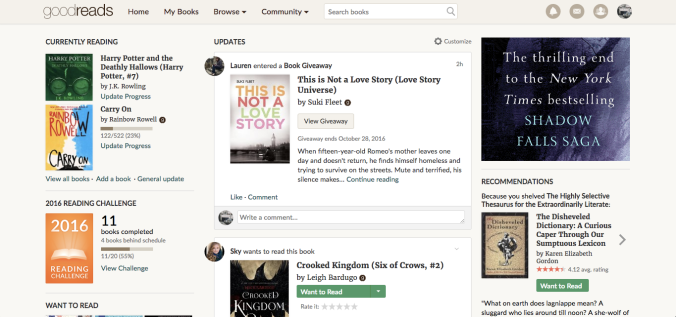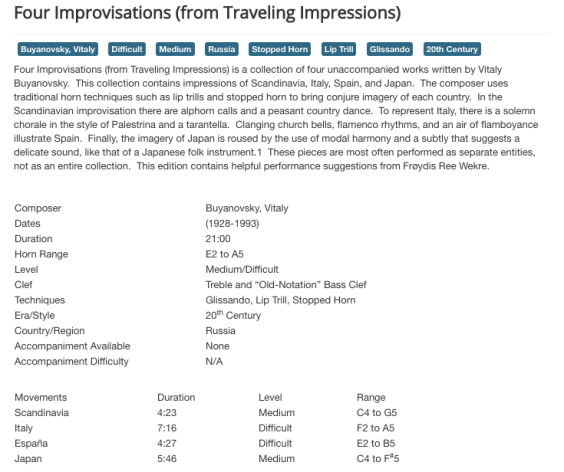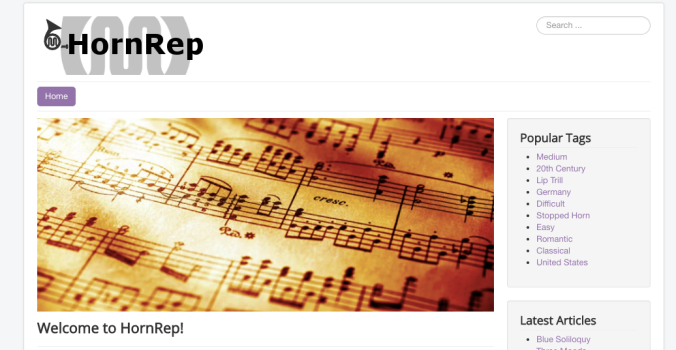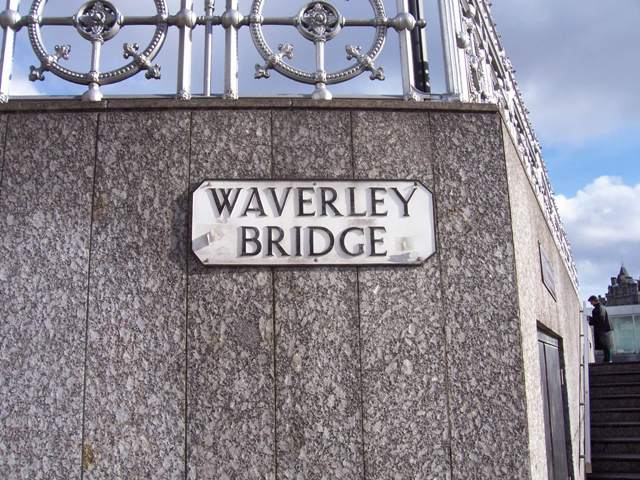When I was in high school, I found that with my extracurricular activities and schoolwork I had no time to read for pleasure. I missed my habit of voraciously reading books until the wee hours of the night as I did when I was young. I figured that if I had a way to track my reading, I would be more likely to read regularly. With a reading goal, I had more drive to finish books that I started.
In my junior year of high school, I decided to start blogging. I created a Goodreads account that linked to my blog, both for publicity, its functional use to track my reading progress, and to set my reading goal. It worked well as I could show my goal, progress and the books I was currently reading or had already read in a widget on WordPress.

I started my blog with an anonymous name. The truth was: I was afraid of what people might say about my opinions. I was afraid they would attack me if they disagreed with me. I was afraid that my friends and family would find out about some of the books I read (some of which I knew my family wouldn’t approve).
To my surprise, most readers either agreed with me, or hadn’t read the book and found my view interesting. If they did disagree with me, they politely explained why and I often understood the reason for their opinion. I even made friends with some of the other bloggers. They would comment on my blog and I would reciprocate. Eventually they would tag me in Book Blogger awards and then their friends would tag me in Challenges, too.
However, I still remember nights where I would write, and rewrite, and rewrite, scrutinizing every detail and dissecting my review to see if they gave any hint about who I was. I was quite paranoid. I was worried about parts of my identity and my location. I didn’t want people to know where I lived or where I grew up. So, I started mixing in British colloquialisms and slang to throw them off my trail (“I was so chuffed that…”, “It sounded so posh!”). I didn’t even want them to know which gender I was, so sometimes I varied my opinions to confuse them and leave them guessing. Usually, I tried to read a variety of books, not romance or Harry Potter which some of my opinions might give away my gender, or my age.
Andreas Kitzmann, in “That Different Place: Documenting the Self Within Online Environments”, discusses identity between the personal journal and how it transfers to an online “journal”. Personal journals are just that: personal, only for you to see. A handwritten journal allows you to withdraw any kind of judgment or expectation, except from your future self. An online journal does not provide you with that protection. That’s exactly what happened when I started my blog. Had I continued to write my “reviews” in a journal for only myself, I wouldn’t have worried about the expectations of my audience based on my gender, etc.
Hyper reality also is seen today through YouTube “stars” and people who put their selves on the Internet. Some people create personas of themselves or conceal parts of their private life. One such example in music would be Sarah Willis, the fourth horn of the Berlin Philharmonic. She has a YouTube channel, a Facebook page for the Berlin Phil horn section and now has grown her “brand” to include a TV show, too. But though we see her on all these platforms, do we really know who she is? I would say not, personally. We only see the version of herself which entertains her audience.
Looking through my first blog, I even saw an old post where I discussed the fact that people would comment on YouTube videos and act as if they actually knew the person. I created a sort of persona for myself on my blog in that I was concealing the private parts of my life.
My blog and my persona went even further. I wanted to create a YouTube channel to join the “BookTube” community – a community of book vloggers on YouTube. But I still wanted to remain anonymous, so I gave the name I always wanted: Elizabeth. (I was somewhat obsessed with British culture, so it only seemed natural to want the name Elizabeth.)
It got complicated when my real life best friend and I decided to read a book together and then live chat about it on YouTube. The problem was that we both gave fake names. We slipped up many times in the video, trying to repair the damage and laughing it off. Though it probably wasn’t obvious, it still made us reveal part of our identities.
I went through so much trouble to hide everything about myself that it was difficult for my audience to relate to me. I gave hardly any personality, except for being nervous talking to a camera and concealing parts of myself from the world. I couldn’t fully create on a blog until I could let my paranoia go and show who I am and what I care about.
Eventually I did show more of myself, but only when I realized that anyone can find out anything about you on the Internet. Hackers can figure out just about anything from the location you posted from to posting for you and finding your hidden personal information. There came a point that I just gave up. I gave up on hiding everything because it was no longer fun anymore.
After the name slip-up, I decided to give out my real first name. I still withheld my last name because I didn’t want it out there on the Internet, but I was happier when I was creating things on my blog without concealing myself.
My “big” name reveal was not a big deal at all. I don’t think anyone ever noticed, but it was a relief to me. I no longer felt like I had to be so careful with my identity. At this point, I really gave up on hiding things about myself because it’s so easy to find out about people on the Internet. While location and university were still things I wanted to keep to myself, I didn’t have to worry as much about gender, age or education level. I was freer to discuss what I wanted. Though “Spectacles” was my digital persona, I always felt too cautious and it constricted my writing.
I was able to talk about what I wanted, but now that people knew me more, I felt more self-conscious about what I wrote. At one point, I felt like my opinions were pretentious, that my reviews sounded pompous and self-important. So, I gave up writing for the most part. Sometimes if I have a really good idea I’ll talk about it on my blog, but otherwise I’ve stayed silent.
I have considered creating a blog about what I’ve learned as a musician since I don’t come from a musically active family. However, it is a question of whether it will be like a branding tool like for Sarah Willis or if I will keep it anonymous like the other blogs I have created. Do I want to create a split in my public and private life or do I want to take that leap to share freely? I haven’t decided.
Please let me know your thoughts on the subject in the comments section below.




